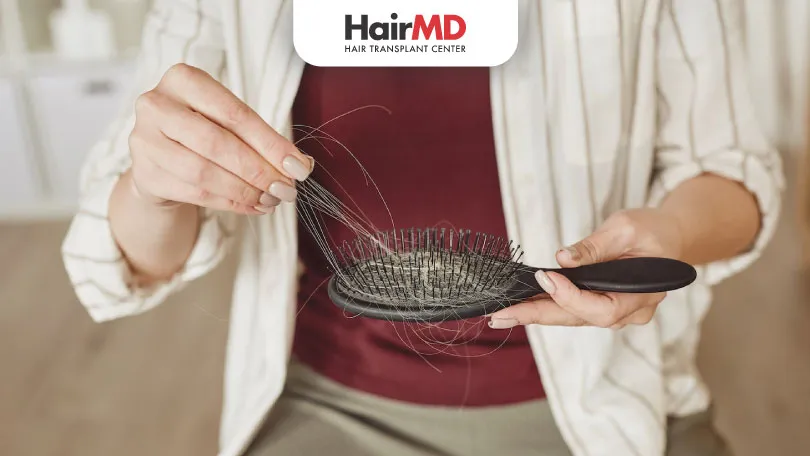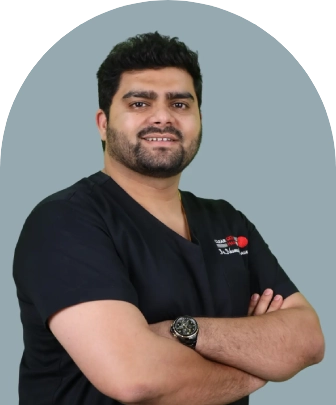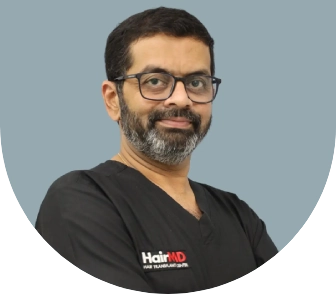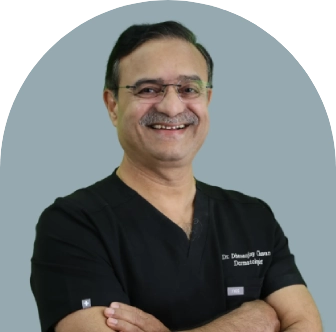
What’s covered in the article?
- What is PRP Therapy?
- Benefits and Limitations of PRP Therapy
- Addressing Common Concerns
- PRP for Hair Fall: How Many Sessions Are Needed?
- Potential Side Effects
- Comparing PRP with Other Treatments
- Importance of Certified Professionals
- Conclusion
What is PRP Therapy?
PRP therapy involves using a concentration of platelets from the patient’s own blood to promote healing and regeneration. This process includes drawing a small amount of blood, processing it to concentrate the platelets, and injecting it back into the targeted area. The platelets release growth factors that aid in tissue repair and stimulate hair growth.
How Does PRP Work?
The efficacy of Platelet-Rich Plasma (PRP) lies in its rich concentration of growth factors, such as Platelet-Derived Growth Factor (PDGF), Transforming Growth Factor (TGF), and Vascular Endothelial Growth Factor (VEGF). These factors play a crucial role in tissue repair, angiogenesis (formation of new blood vessels), and cellular growth, making PRP an effective therapy for reducing hair fall and promoting hair regrowth.
Benefits and Limitations of PRP Therapy
Benefits
- Natural Approach: Since PRP uses your own blood, it minimizes the risk of allergic reactions and other complications.
- Non-Invasive: Unlike surgical procedures, PRP is minimally invasive, involving only injections.
- Promotes Healing: Apart from hair growth, PRP can aid in healing injuries by accelerating tissue repair.
Limitations
- Variable Results: PRP outcomes can vary widely among individuals depending on factors like age, extent of hair loss, and overall health.
- Multiple Sessions Required: Optimal results often require multiple sessions, which can be time-consuming and costly.
- Not a Miracle Cure: PRP may not be effective for severe hair loss or baldness and should not be viewed as a standalone solution.
Addressing Common Concerns
Can PRP Cause Cancer?
A frequent query is whether PRP therapy can cause cancer. The simple answer is no. Since PRP uses the patient’s own blood, it does not introduce foreign substances that could potentially lead to cancer. The therapy is generally considered safe and non-risky due to its autologous nature.
Is PRP Safe During Pregnancy?
Pregnancy is a sensitive period, and any non-essential treatments are usually avoided unless medically necessary. PRP therapy is cosmetic and can typically be postponed until after pregnancy. Hormonal changes during pregnancy can affect treatment outcomes, and the body’s response to treatments can be unpredictable. It’s always advisable to consult with a gynaecologist or dermatologist before proceeding with any treatment during pregnancy.
PRP for Hair Fall: How Many Sessions Are Needed?
The number of PRP sessions required can vary. Generally, 3 to 4 sessions are recommended, with intervals of 4 to 6 weeks between each session for optimal results. In some cases, up to 6 sessions may be necessary. Maintenance sessions are advisable every 3 to 6 months, depending on the severity of hair fall and individual response to treatment.
Increased Hair Fall After the First Session: What to Do?
It’s common for patients to experience an increase in hair fall after the initial PRP session. This is temporary and part of the process where weak hairs fall out, making way for stronger and healthier hair. Consistent treatment usually results in a noticeable improvement in hair density and quality.
Potential Side Effects
While PRP is generally safe, some potential side effects include:
- Mild pain at the injection site
- Scalp tenderness
- Swelling
- Headache
- Temporary hair shedding
These effects are usually short-lived and resolve within a few days.
Comparing PRP with Other Treatments
When considering PRP therapy, it’s valuable to compare it with other hair restoration treatments:
- Minoxidil: A topical solution that stimulates hair follicles; often used in conjunction with PRP for enhanced results.
- Finasteride: An oral medication that reduces DHT levels, a hormone linked to hair thinning.
- Hair Transplantation: A surgical option that involves relocating hair follicles; PRP can enhance post-surgical results by nourishing transplanted follicles.
Importance of Certified Professionals
PRP is a medical procedure and should only be performed by a board-certified dermatologist. Certified professionals ensure proper diagnosis, personalized treatment plans, and the use of sterile techniques to prevent infections and complications. They are equipped to handle any adverse reactions, ensuring a safe and effective hair loss treatment experience.
DO YOU KNOW?
Nearly 250 Patients Visit HairMD
Everyday For Various Hair Concerns
(15+ Years Of Expertise. 4157+ Successful Hair Transplant)
Meet Our Dermatologists
Conclusion
PRP therapy offers a promising solution for hair fall and other regenerative needs. It’s crucial to consult with certified professionals and discuss any concerns, particularly during pregnancy. With a personalized treatment plan, PRP can significantly improve hair quality and density, making it a valuable option for those seeking non-invasive solutions. Always stay informed and consult with a Hair Specialist to ensure safe and effective treatment outcomes.
Further Reading
Redensyl vs Minoxidil: Which is the Better For Hair Growth?
Confused between Redensyl and Minoxidil? Discover which treatment works best for hair growth and how to choose the right one for you.
QR678 for Hair is Better than GFC? An Honest Opinion by a Board-Certified Hair Dermatologist
IV drip for hair growth delivers essential vitamins directly into the bloodstream to reduce hair fall and improve hair quality. Doctor-guided treatment.
7 Benefits of IV Drip Therapy for Healthy Hair
Discover how IV drip therapy nourishes hair follicles, reduces hair fall, and improves hair growth. The doctor explained the benefits.
IV Drip for Hair Cost in Pune | HairMD Doctor Guide
IV drip for hair growth delivers essential vitamins directly into the bloodstream to reduce hair fall and improve hair quality. Doctor-guided treatment.
Have thoughts? Please let us know
We are committed not only to treating you, but also educating you.










